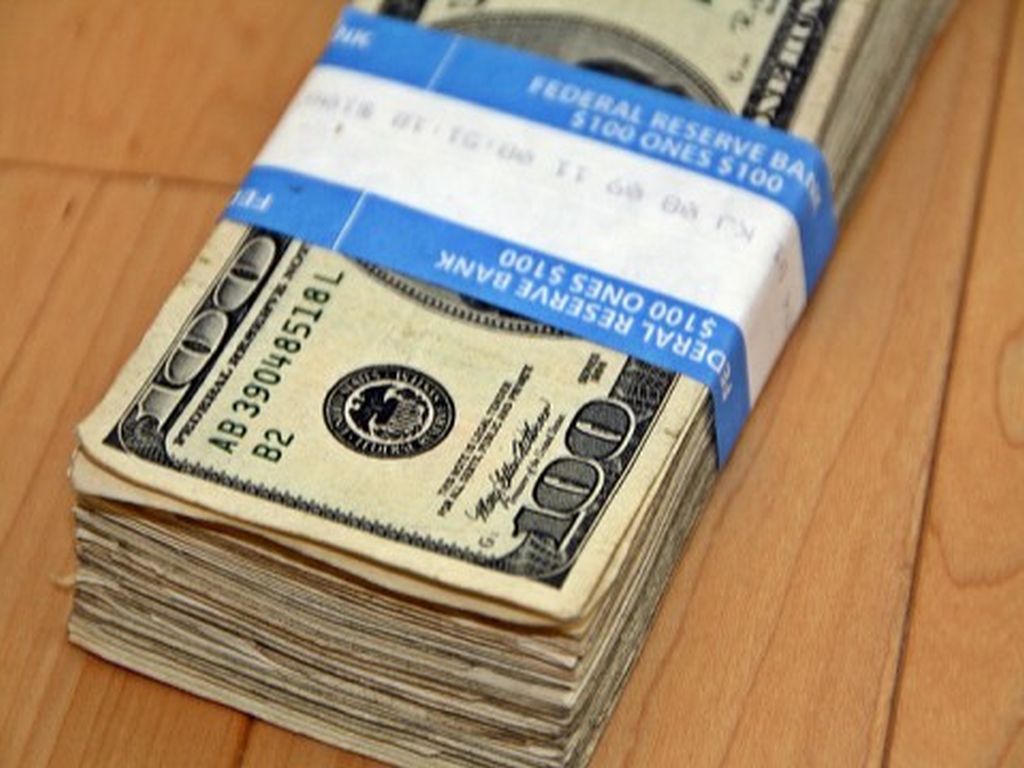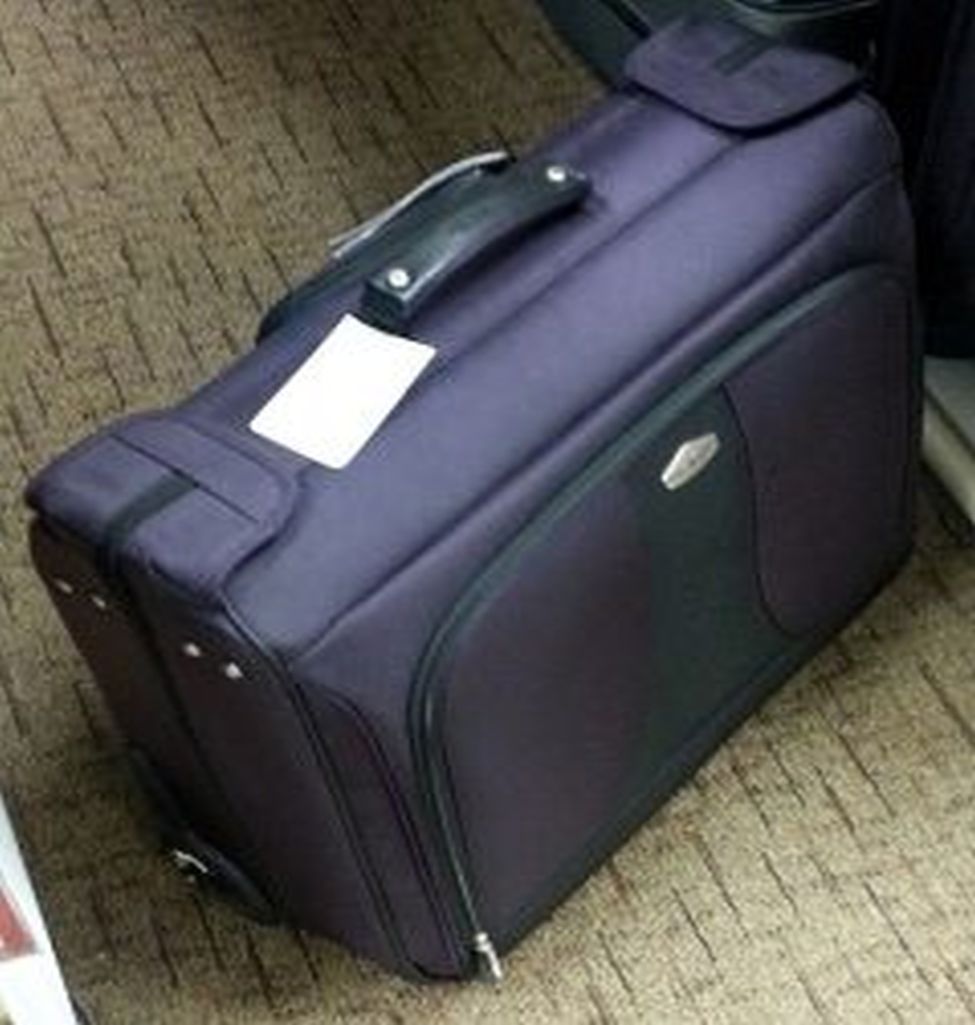Just last week Wendy’s announced that there had been a breach in their system and millions of their customers credit and debit card information was stolen. This seems to be a consistent pattern these days, and it makes the act of using a credit card seem like you’re playing a dangerous financial game.
 |
The luckiest consumers were those who had their credit card information stolen because the heads up gives you an opportunity to get new cards pretty quickly, and if your information was used for purchases you know aren’t yours it’s not all that difficult to prove and absolve yourself of the responsibility of having to pay it back.
The unluckiest consumers are those who have their debit card information stolen. I’m not sure how the thieves know, but somehow they’re able to figure out which is which and not only make big purchases on those cards but are somehow able to figure out pin numbers. For many people, it takes longer to get their money back from the bank, and in some cases it’s more difficult to not only show proof but to get the bank to remove fines and fees from these transactions.
It begs the question: can we protect our credit cards?
The short answer is not really; no one wants to hear that. The long answer is that there are some credit cards that have already set up a way to protect information, and there are some other options consumers can employ that might help to protect themselves if they’re willing to pay the cost.
Let’s talk about protected credit cards. There are some institutions that are giving their consumers credit cards that have a computer chip in them, and outlets such as Walmart are already set up to accept those cards. Instead of swiping via that strip on the card, you push your card into the reader and it generates a piece of code that can only be used for that particular transaction. No numbers; that’s pretty neat. Although American Express has had this ready for a while, it’s just starting to become the vogue thing to do but there’s a long way to go.
This leaves the other option of purchasing debit or gift cards that allow you to deposit money into a card that doesn’t access your bank accounts. This means that if someone steals your numbers, there’s only so much they can spend and then the card is dead. The downside is that there are fees everywhere; there’s a fee to put money on it, a fee every time you use it, and a fee if you reach a certain time period without using it for some cards. You’re definitely protected, but at what cost?
What’s the best thing to do? Frankly, it’s probably best if you take a certain amount of cash out of your bank account and use that for your purchases. True, no one wants to walk around with a big cache of money, but most of us are probably spending less than $100 a week, and the reality is that we tend to control our spending better when we’re using money than credit or debit cards.
We can hope that technology becomes standardized so that all our cards have the computer chips. However, criminals are crafty also, so the question is just how long this will be effective before they figure out how to get around the chips?
Just be careful when you choose your options, and where you spend your money. And make sure to check your credit report every so often to see if someone’s commandeered your information.

